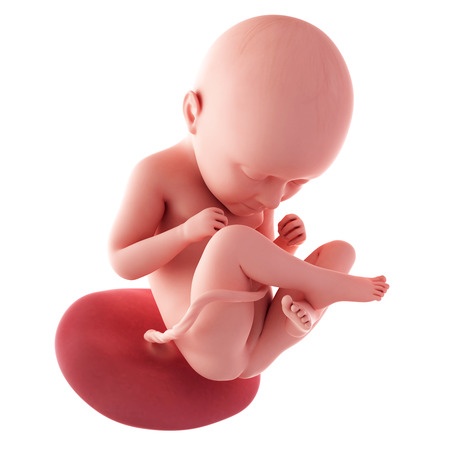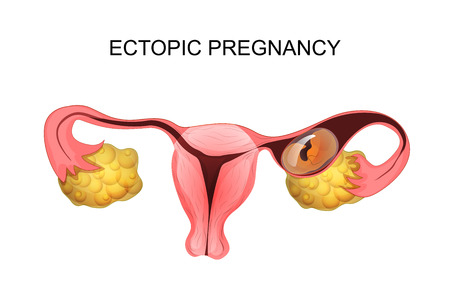Why Learn About Breast Pain?
Pain in breast is a commonly used term by patients for any kind of pain, aching or heaviness felt in the breasts. The commonest reason behind breast pain is the hormonal levels in the body. So, it is seen more frequently in premenopausal women. The cause of these painful breasts can be identified depending on its pattern.
The pain may be cyclical in nature that is occurring with every menstrual cycle. This pain is due to the hormonal changes in the body and is usually bilateral. The pain is felt more in the upper and outer part of the breast and is seen to disappear on its own once the menstrual cycle ends.
Another type of pain is non-cyclical. This type of pain is seen more commonly in the older age group and it does not hold any relation to the menstrual cycle and can be unilateral or bilateral. It is more localized and intense in nature. Common causes of this pain are abscess, fibro adenoma, breast cyst and breast cancer.
Common Causes of Breast Pain
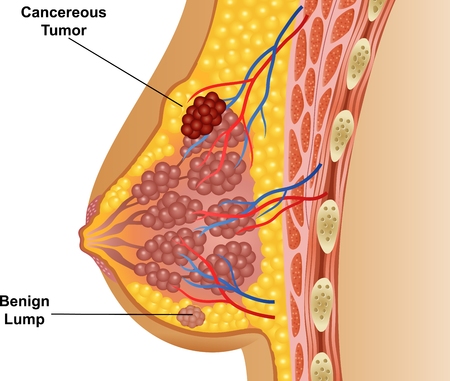
Here are a few common reasons why women experience pain in their breasts:
- Benign breast tumors
- Cyst in breast
- Fibrocystic breast
- Breast cancer
- Acid reflux
- Breast feeding – due to overfilling of breasts
- Breast abscess
- Herpes zoster
- Angina Pectoris
- Costochondritis
The last three breast pain causes are related to the diseases of the heart and chest wall and their diagnosis needs to be carefully ruled out by history taking and examination.
Symptoms of Breast Pain
- The pain will be felt as an aching dull feeling in one or both breasts, mostly in the upper and outer quadrants
- Pain is cyclical and will be felt around the time of the menstrual cycle in both the breasts. This indicates a hormonal aetiology.
- Breast lumps single or multiple in the number
- Swelling
- Fever may be associated with mastitis. You will notice engorged, red and tender breasts which will be painful when touched.
What is Breast Cancer?
The common symptoms of breast pain should be differentiated from breast cancer symptoms. This can be done by self examination techniques which all premenopausal women should be aware of. Understanding these signs of breast cancer and differentiating them from other conditions is very important.
It is also good at this stage to understand how the signs and symptoms of breast cancer will present in the body so that it can lead to an early diagnosis. Know about the major breast cancer signs here:
- Discharge from the nipple
- Change in shape and size of one or both breasts
- Dimpling or change in the skin of the breast
- Lump or swelling felt in the armpit or within the breast
- Pain in the breast that is not related to the menstrual cycle.
- Nipple may be drawn inwards or develop cracks.
- Pain in the right breast or left breast (unilateral pain)
- Palpable lymph nodes in the axilla (armpit)
In case you notice any of these signs, remember to consult your doctor first and follow a proper medical examination to know about the various breast cancer stages and the treatments available.
Diagnosis of Breast Pain
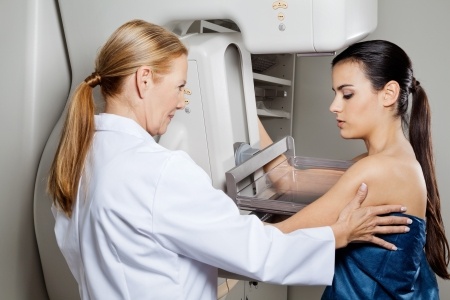
Early diagnosis is the key to treating cases of breast cancer. So, every case of breast pain should be considered seriously to exclude this diagnosis.
History taking which involves details like side of breast affected, condition of the skin and the nipple, presence of discharge etc should be performed. This is followed by a thorough physical examination and palpation of the breasts with the fingers and palm of the hand to check for lumps, swelling and skin changes. Lymph nodes in the armpit are also checked for the same.
The diagnostic tests used to confirm the nature of breast disease are:
- Mammogram
- Ultra-sonography of the breast
- Biopsy
Treatment of Breast Pain
Cyclical breast pain related to the menses generally needs no treatment and it goes away as soon as the cycle ends. This type of pain disappears after the onset of menopause.
Non-cyclical pain which occurs due to abscess, infections etc is treated well with pain killers and systemic antibiotics.
Benign lump in breast is ruled out for malignancy and then surgically excised.
In case breast cancer is suspected, biopsy is carried out to confirm the diagnosis and chemotherapy or radiotherapy is the plan of treatment.
Tips for Patients with Breast Pain
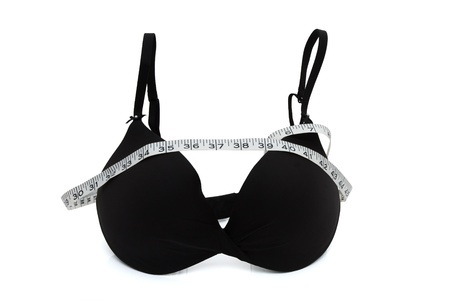
- Wear a well supported bra that is not too tight or loose.
- During pregnancy, breast changes may give some amount of pain and heaviness. Wear a maternity bra that supports the growing breasts well.
- Breast feeding mothers need to be encouraged to feed the baby till the breast is empty in order to avoid getting breast abscess.
- Self examination of the breast should be taught to all women of the reproductive age group.

